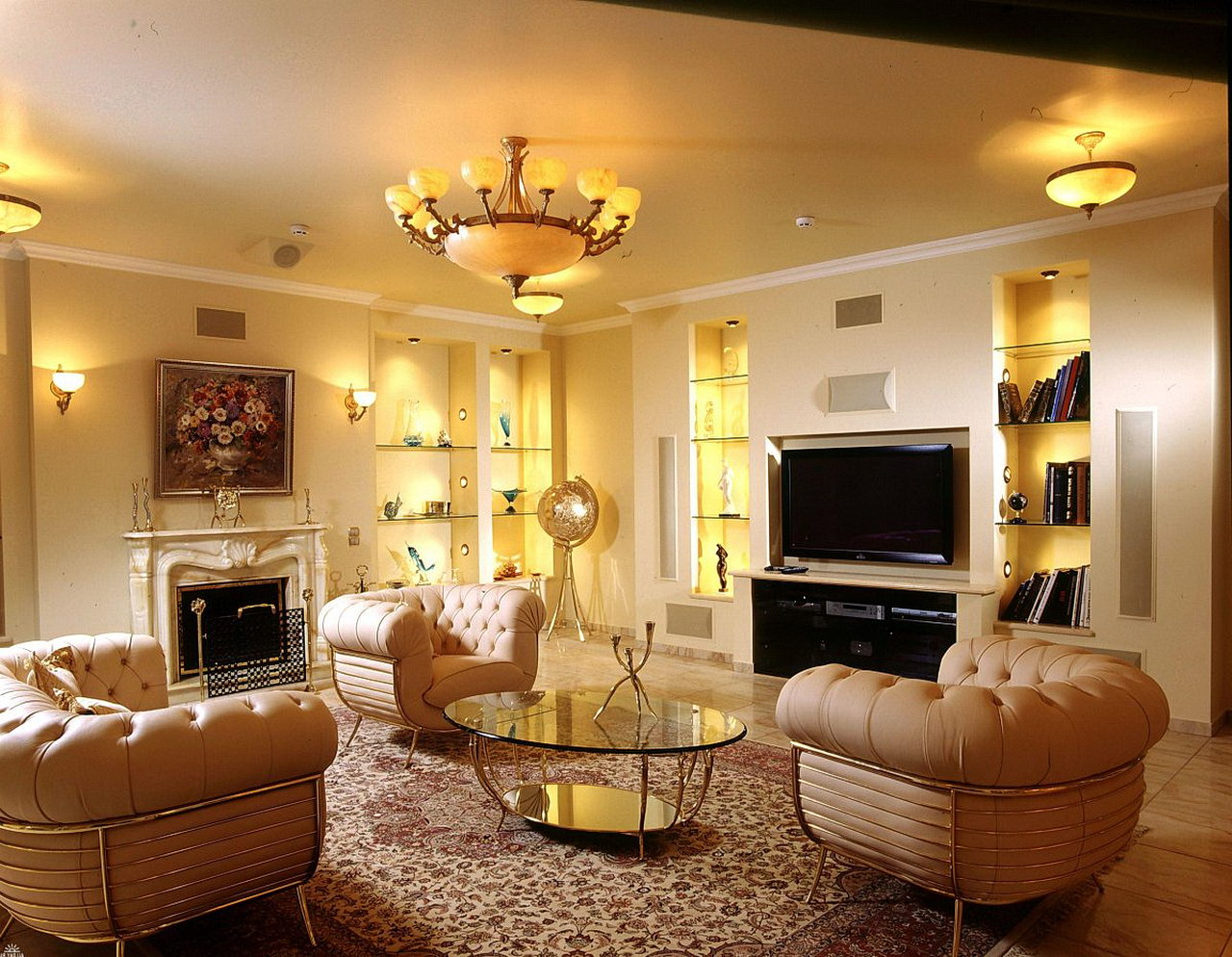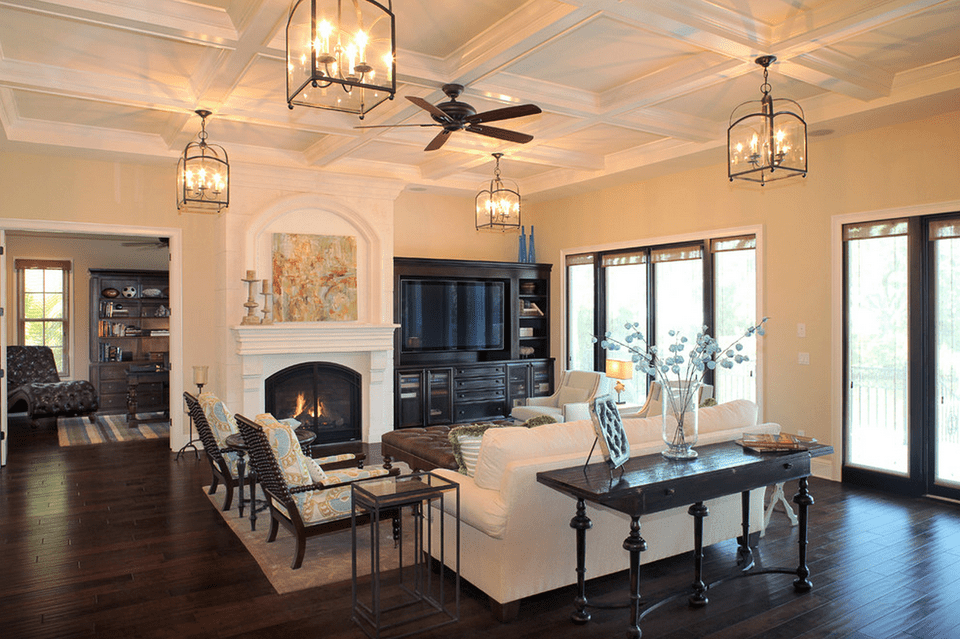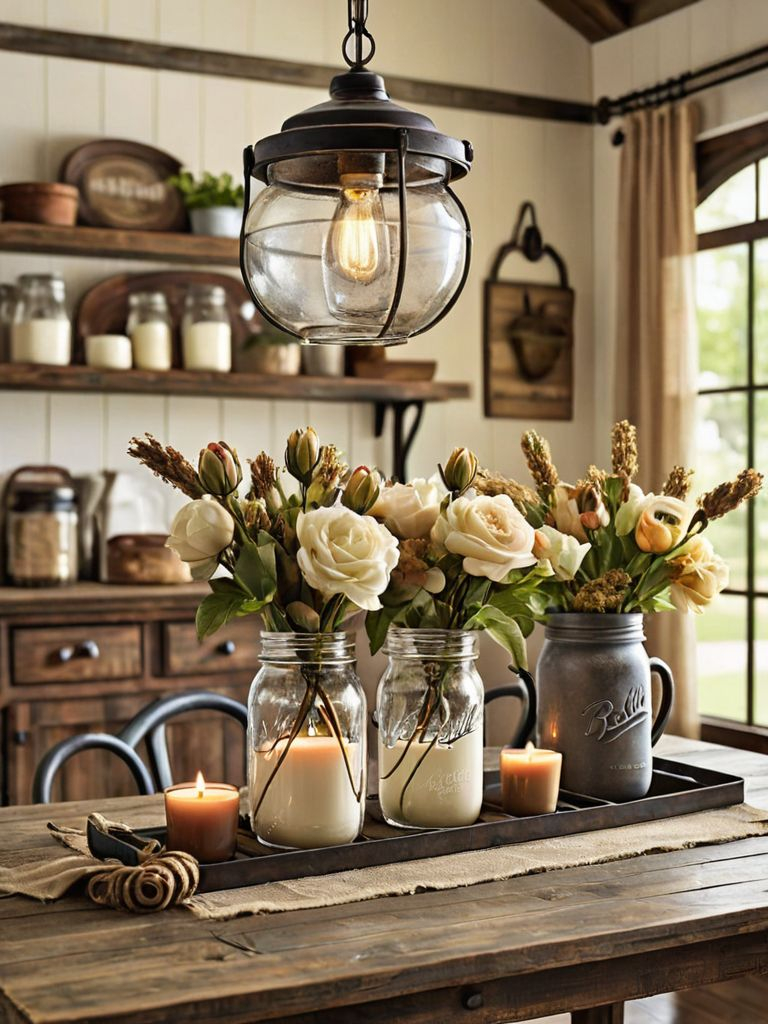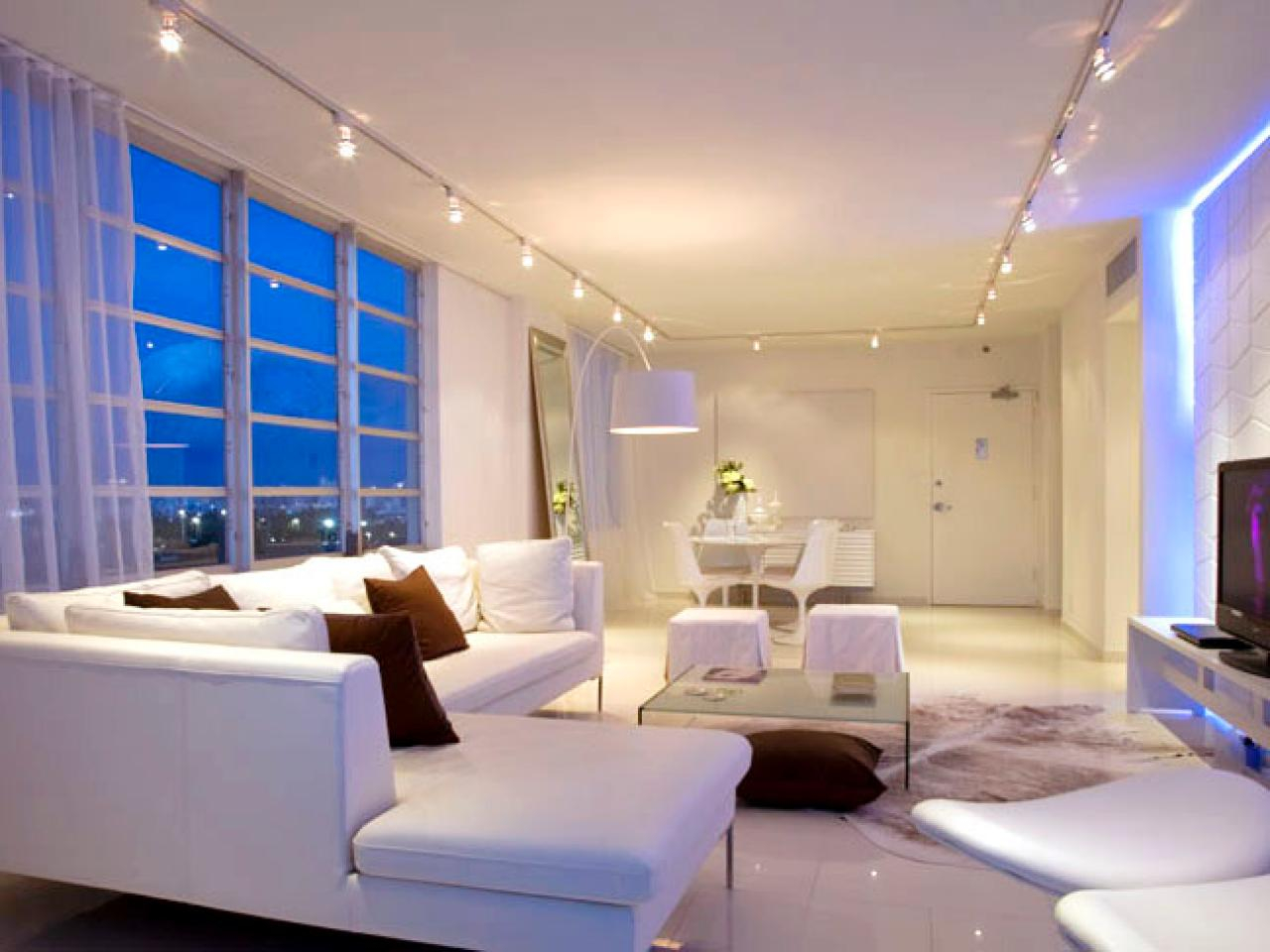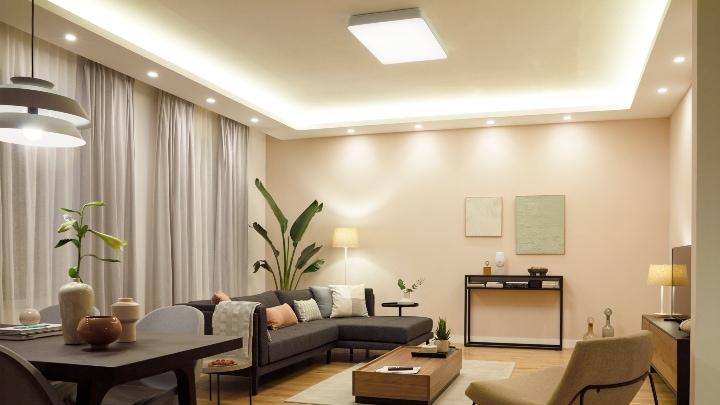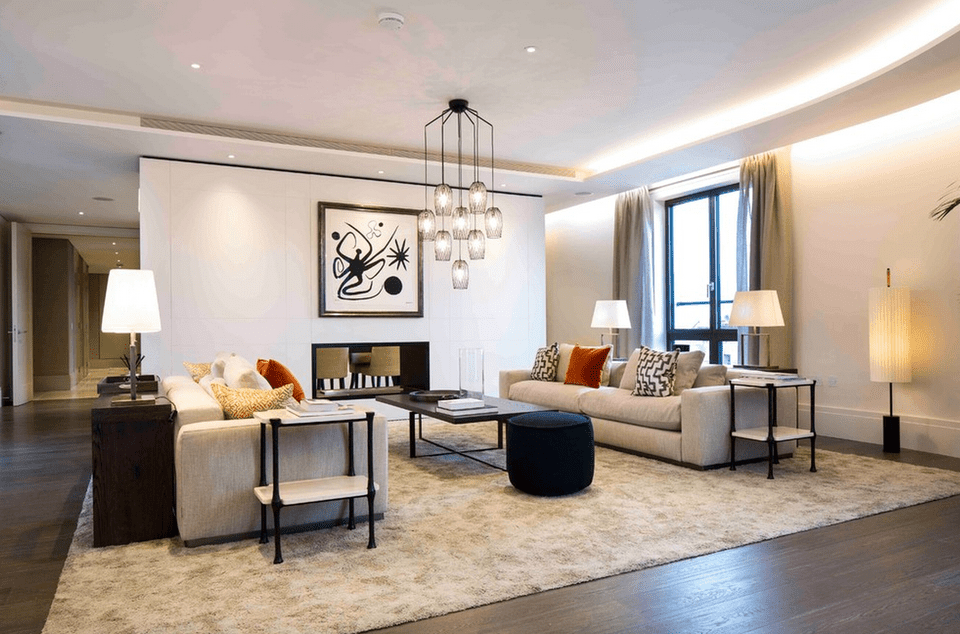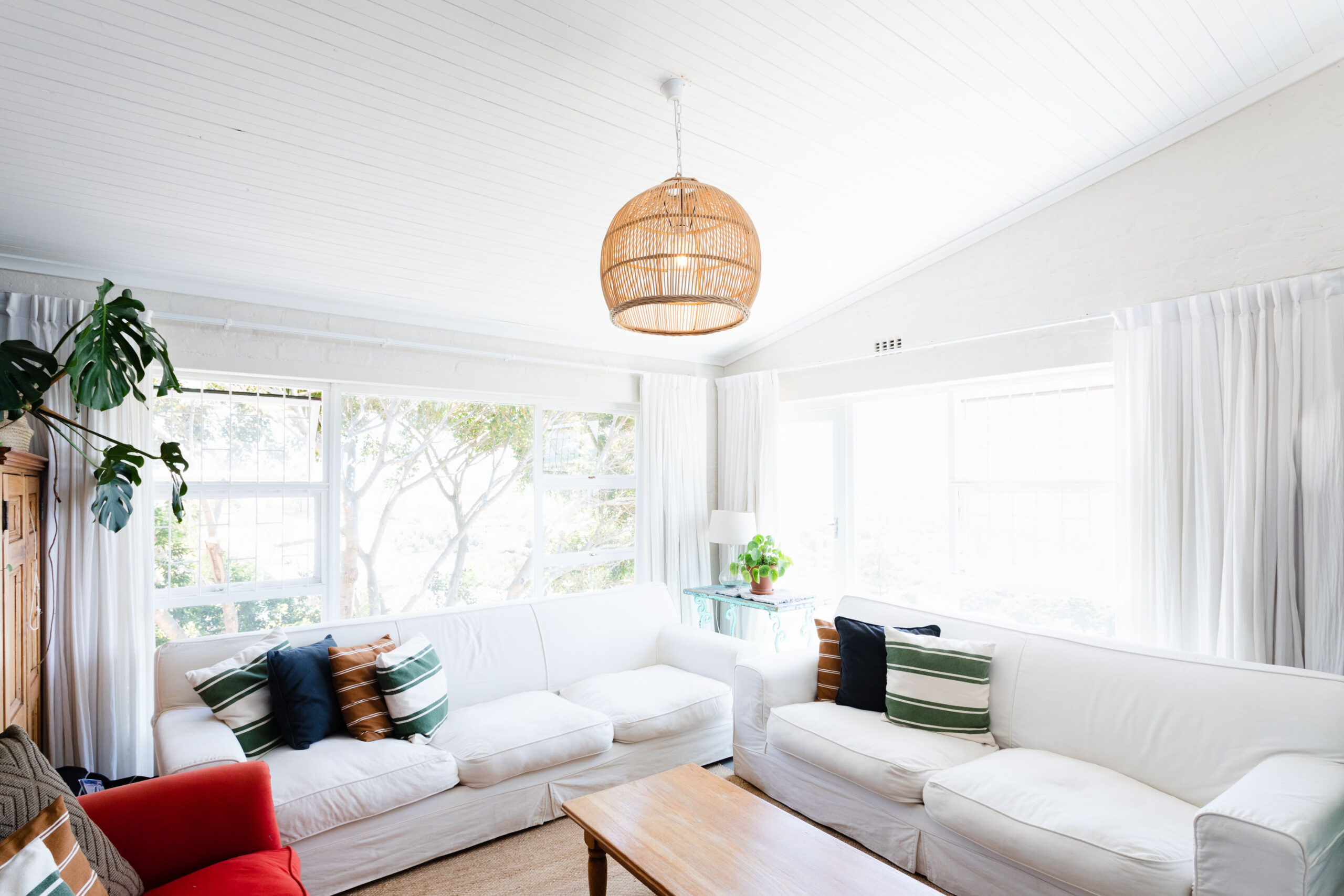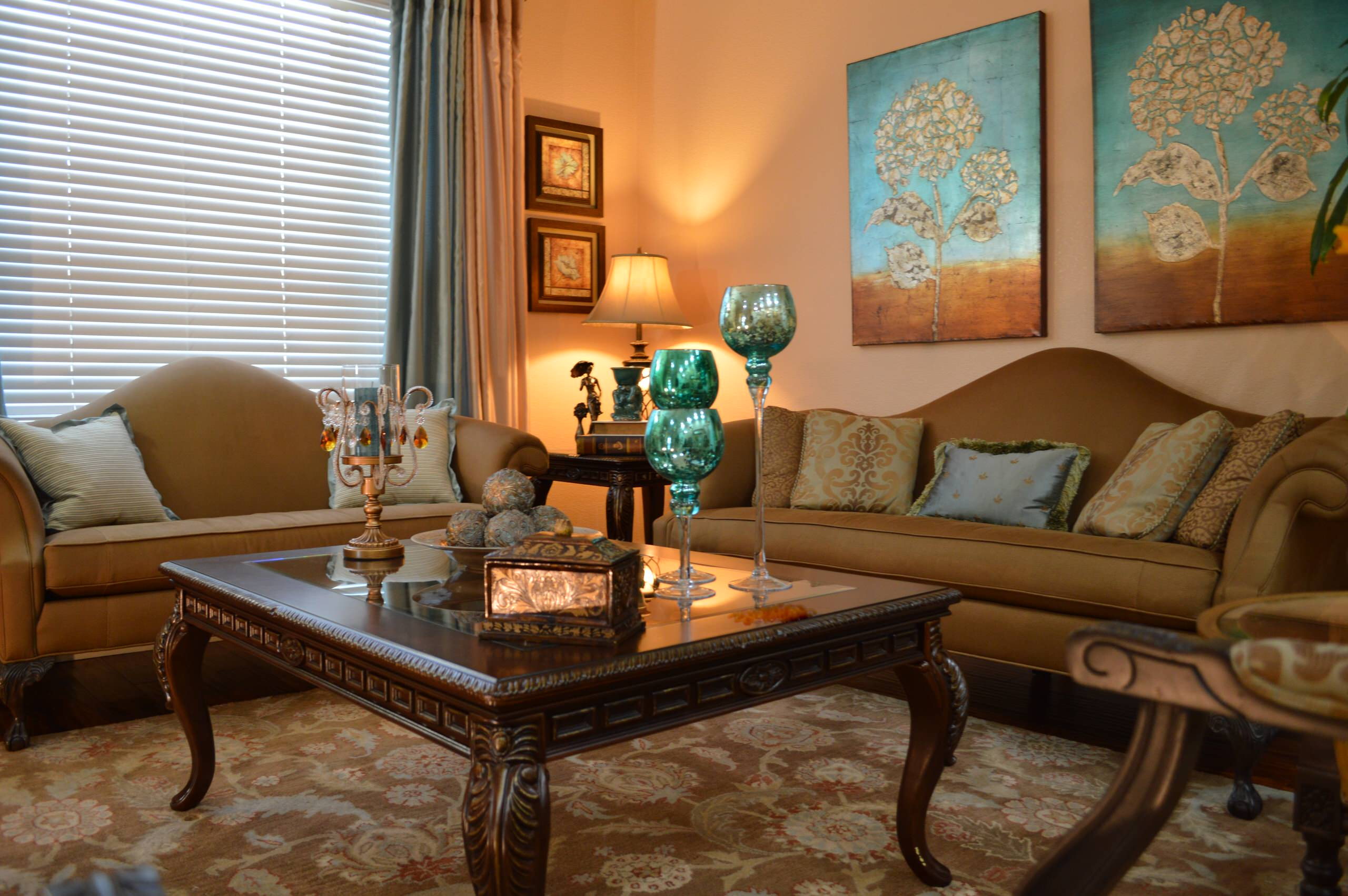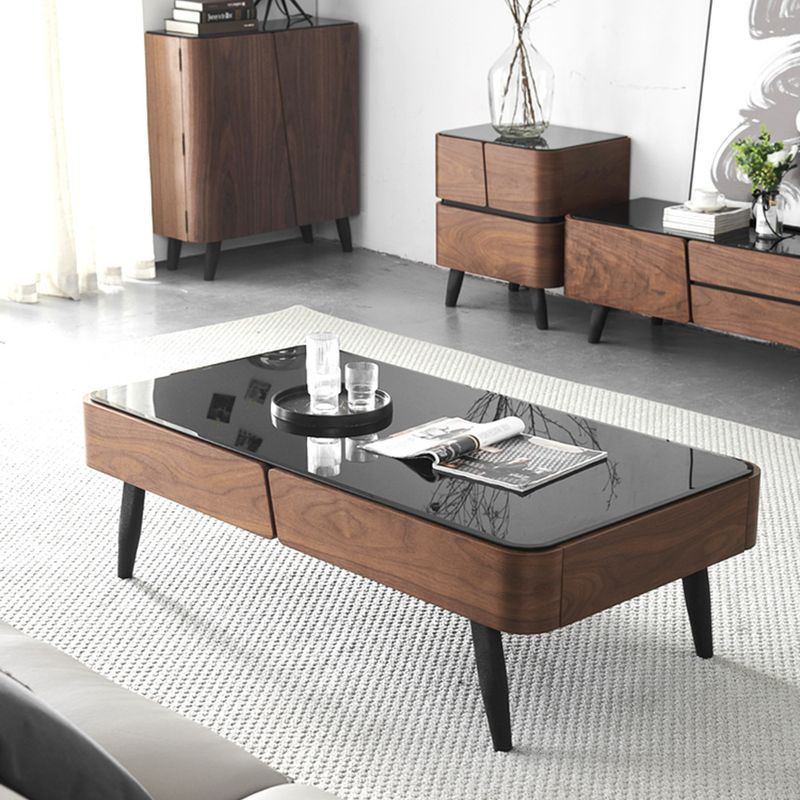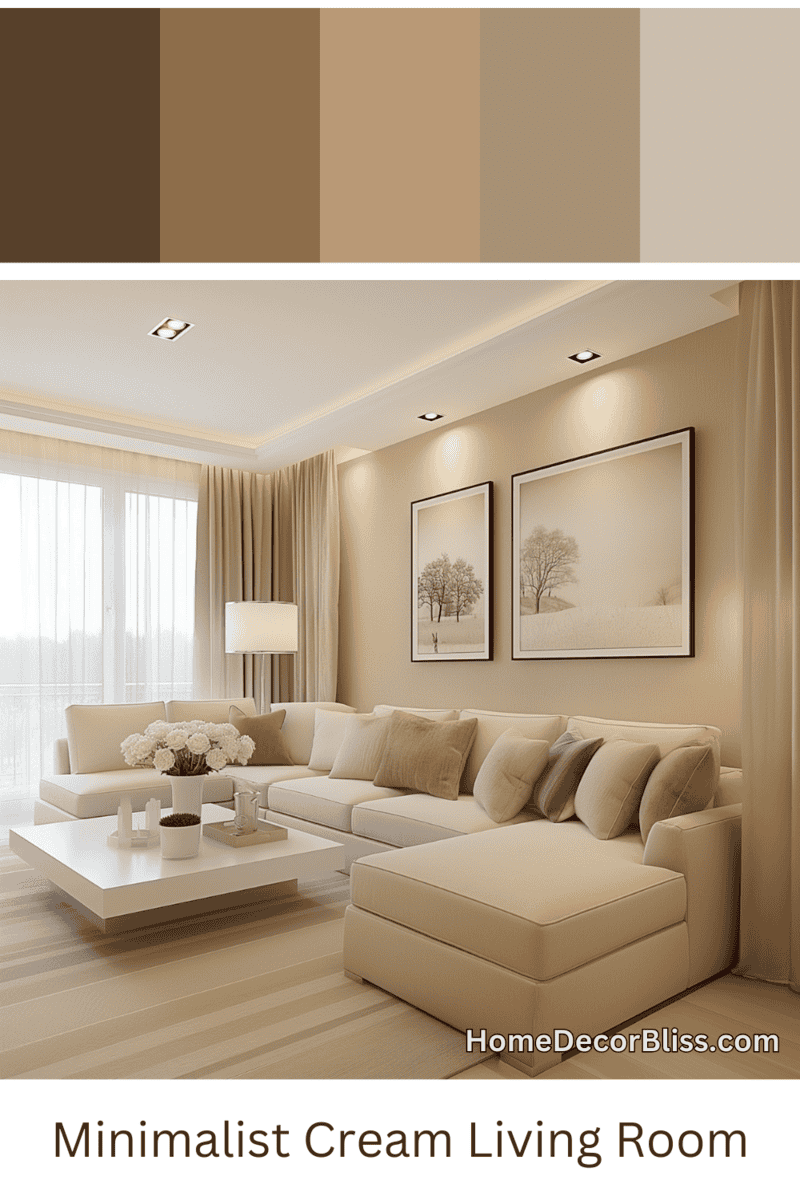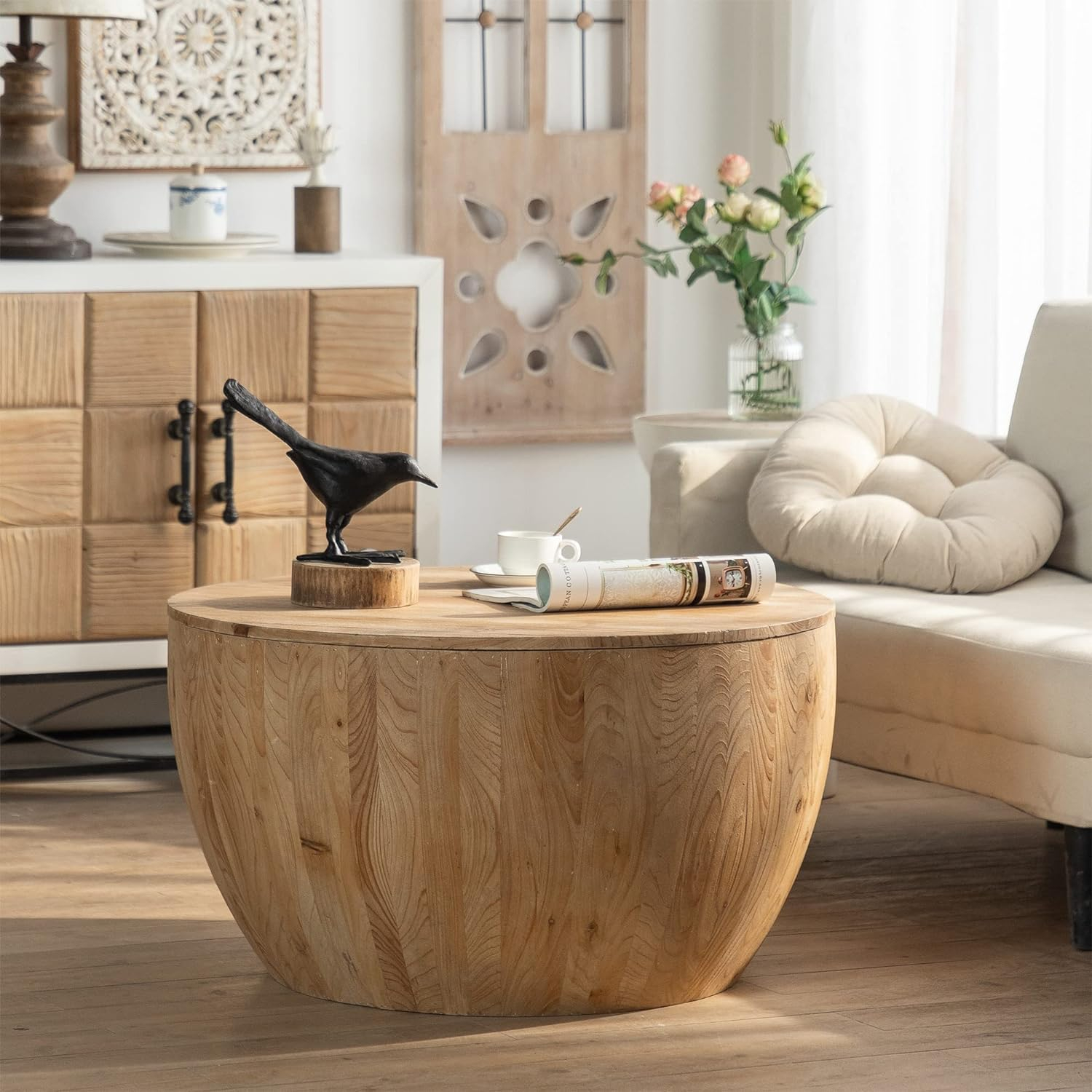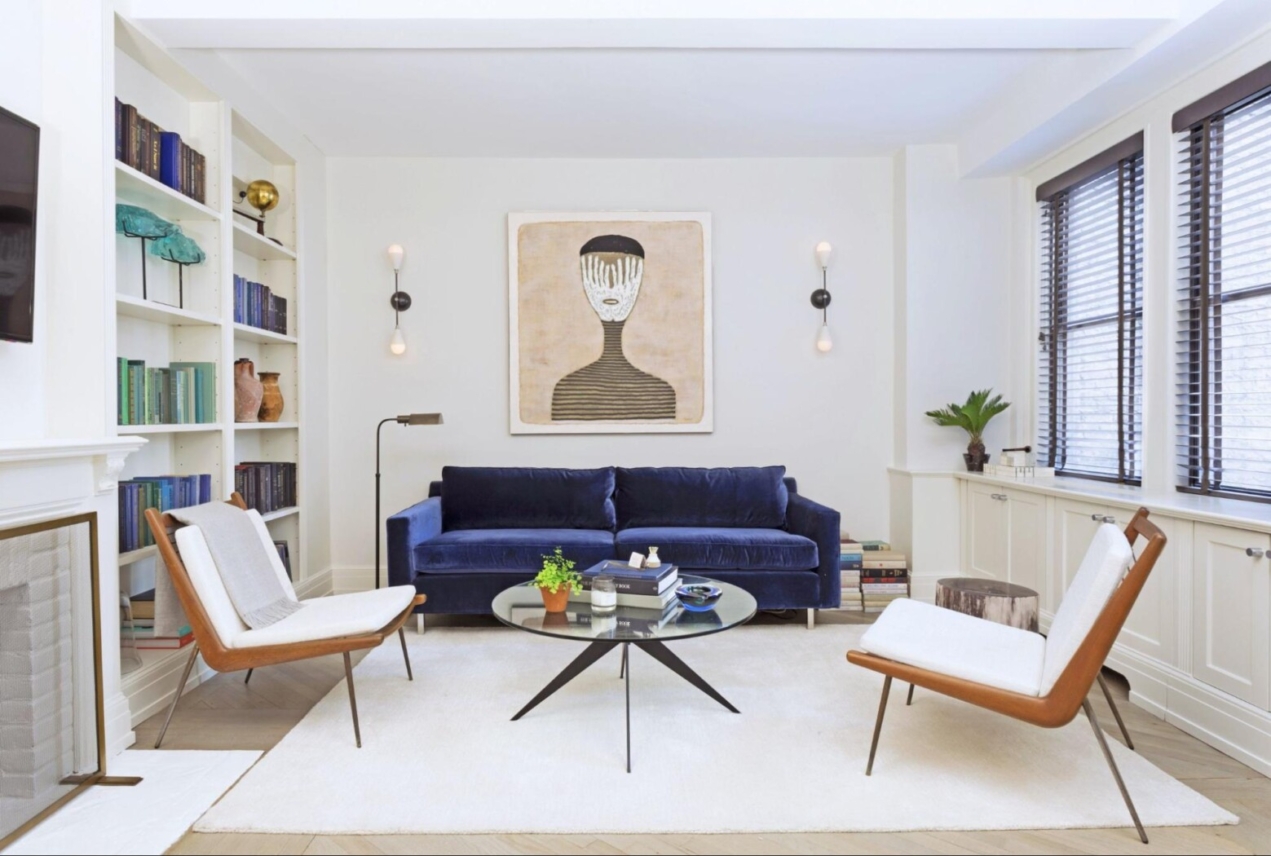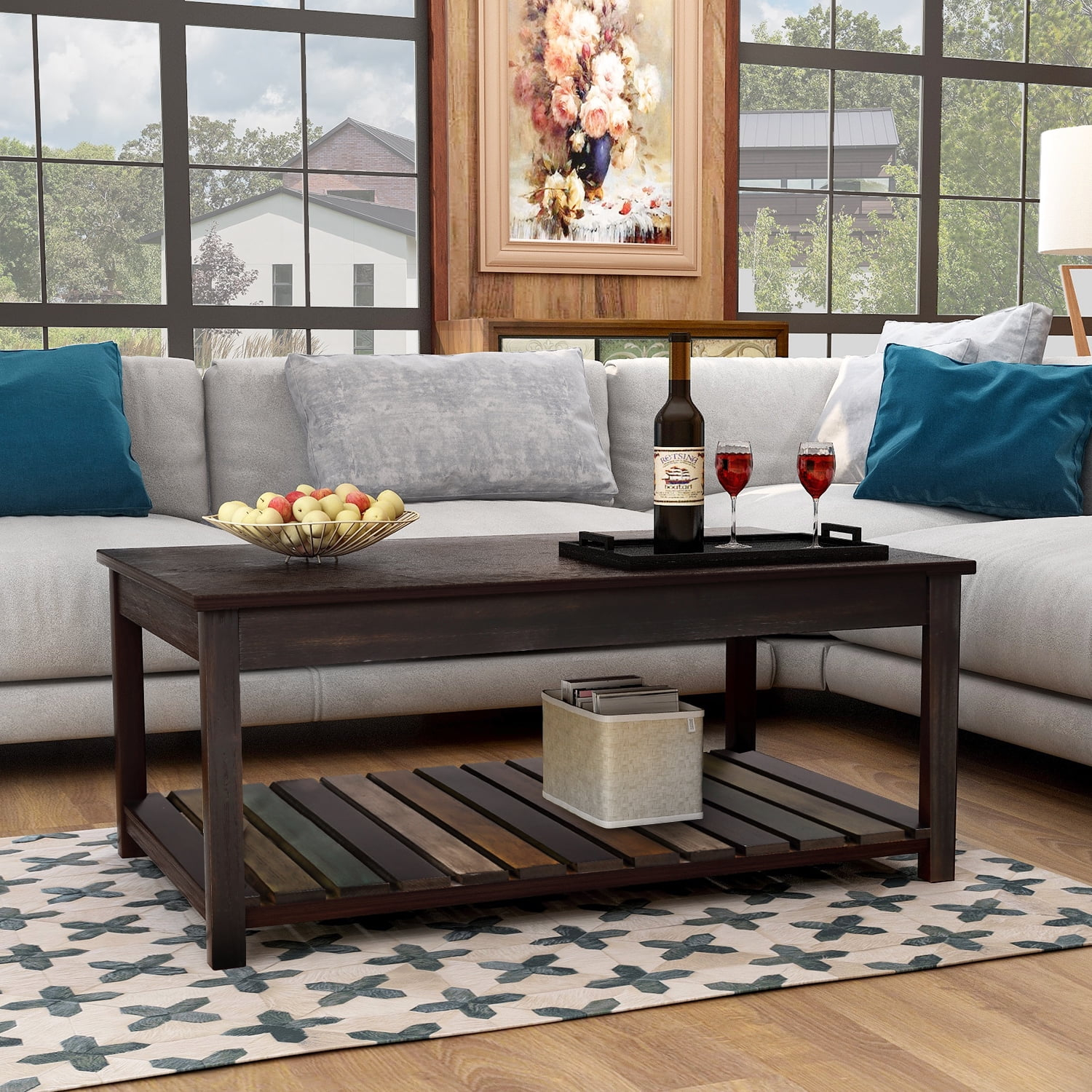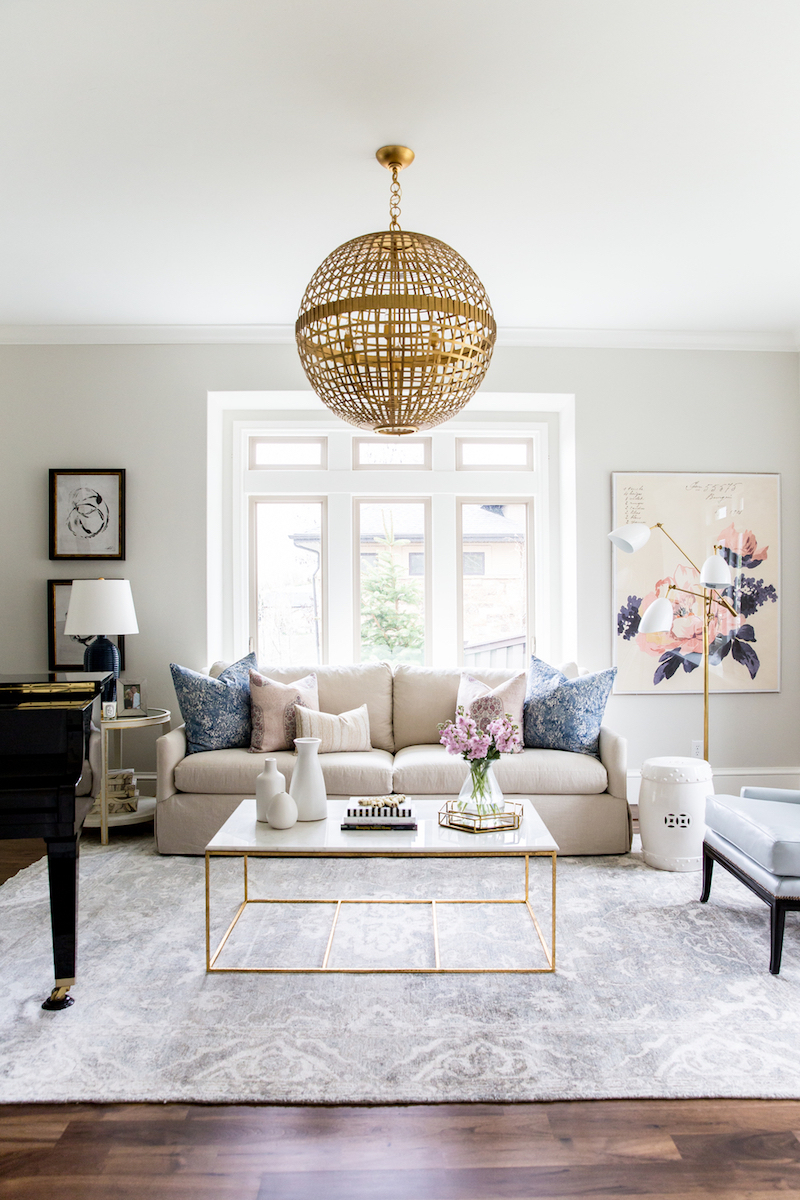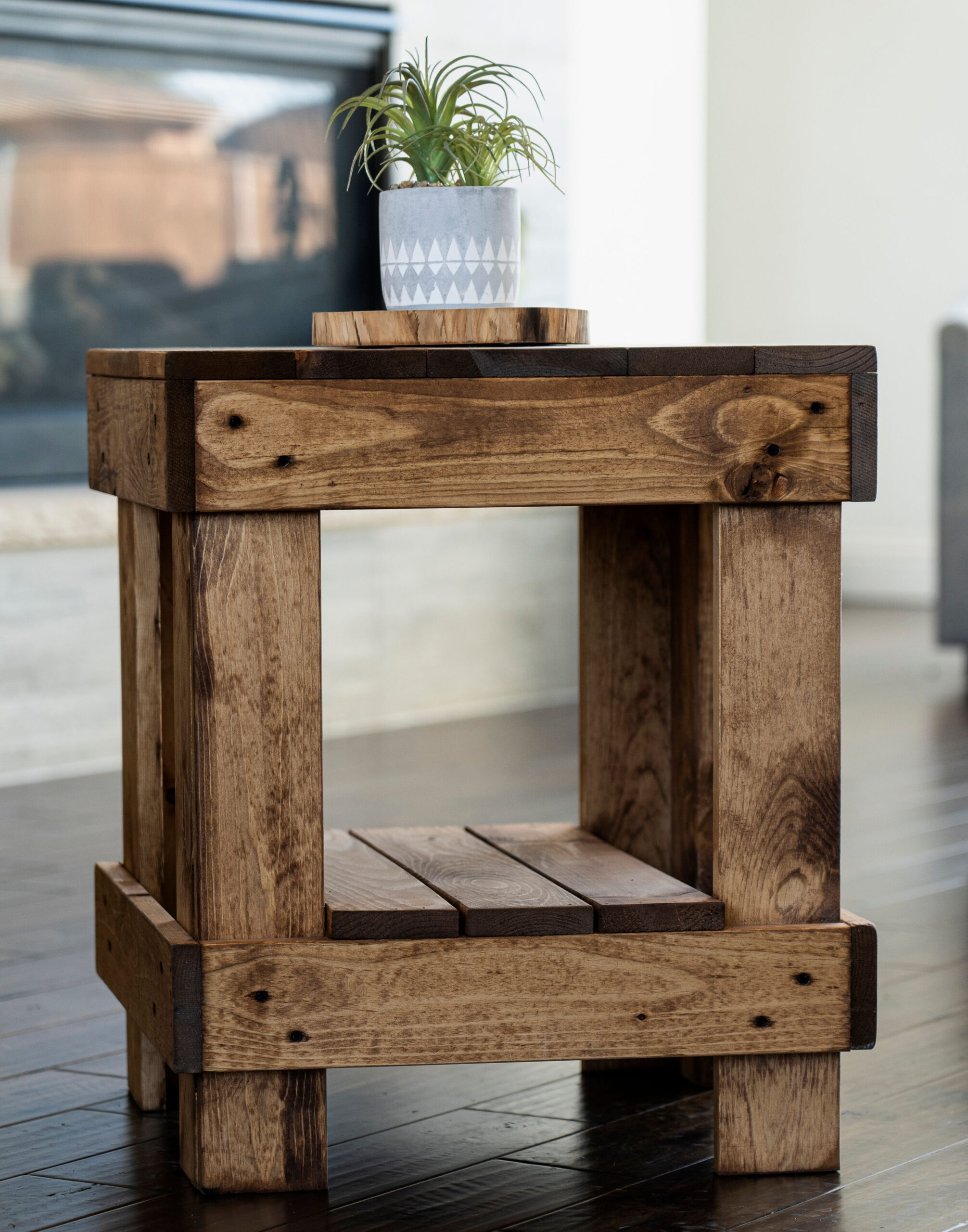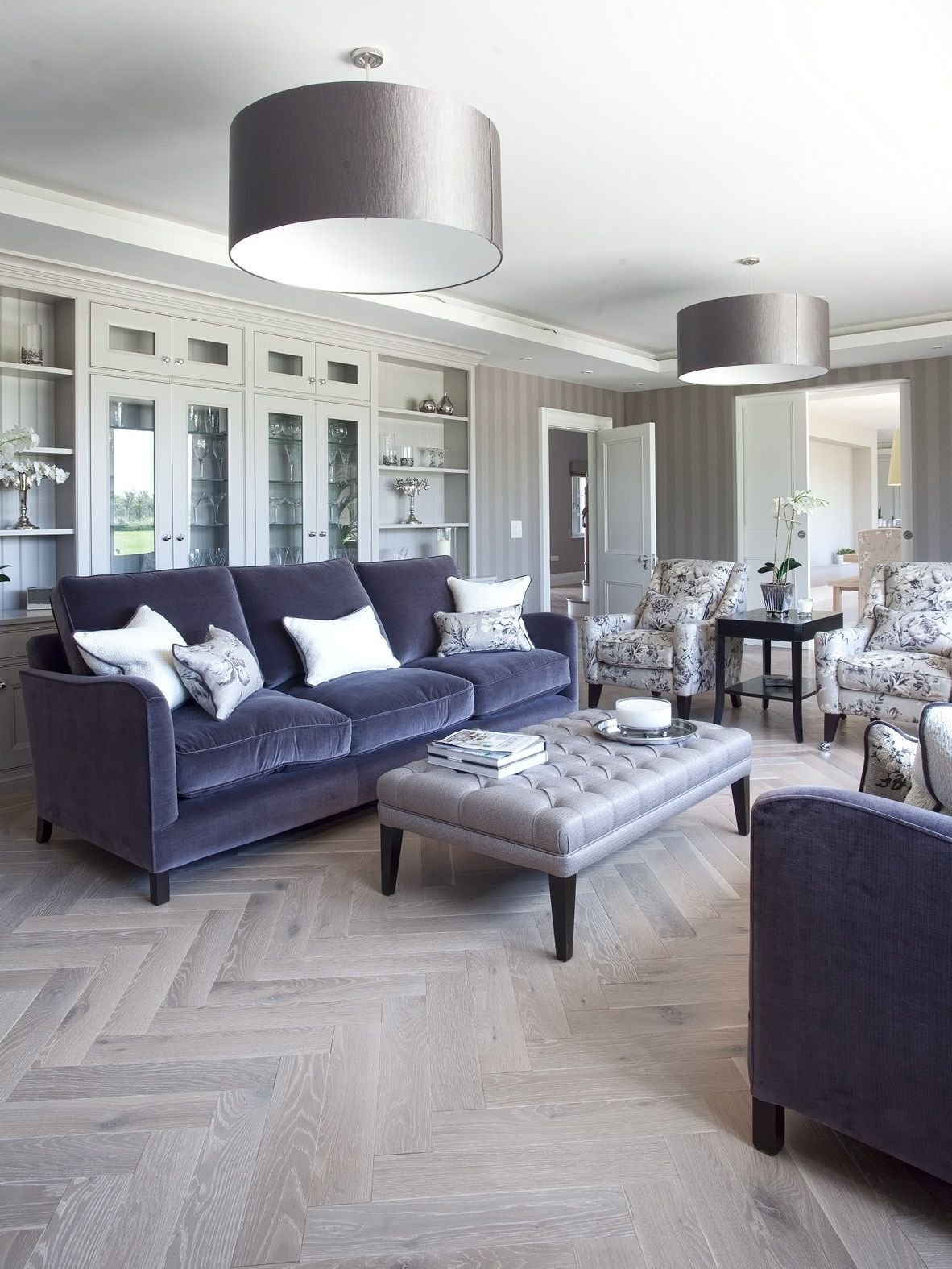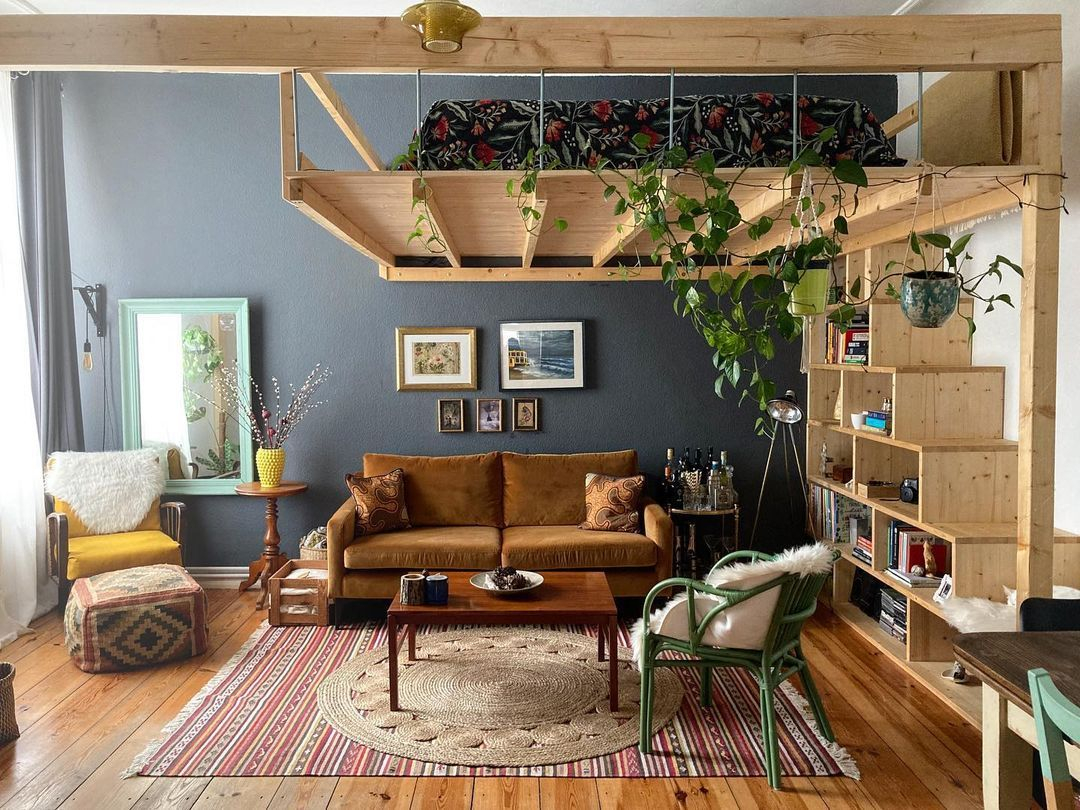Ever walk into a room and just feel…right? That cozy, inviting vibe often comes down to the lighting. And your living room? That’s the heart of the home, where you relax, entertain, and make memories. Getting the lamps just right isn’t just about brightness; it’s about crafting an atmosphere. Let’s explore how to pick the perfect lamps to truly elevate your space.
Choosing lamps for your living room can feel a bit overwhelming, can’t it? There are so many styles, sizes, and functions. But think of it this way: lamps are like the jewelry for your room. They add personality, warmth, and can completely transform how a space feels. We’re not just talking about banishing shadows here. We’re talking about creating a feeling, a mood, a place you genuinely love to be. So, how do we go about finding those magical pieces? Let’s dive in.
Understanding Lighting Layers: The Foundation
Before you even start looking at lamps, it’s helpful to understand the different ‘layers’ of lighting. Think of it like painting a picture; you need a base, then some detail, and finally, those highlights. In lighting, we have:
- Ambient Lighting: This is the overall illumination of the room. Think ceiling fixtures or, you guessed it, floor lamps that cast a general glow.
- Task Lighting: This is focused light for specific activities, like reading a book in your favorite armchair. Table lamps are perfect for this.
- Accent Lighting: This is used to draw attention to specific features, like artwork or architectural details. Wall sconces or small, directional lamps can do the trick.
Your living room probably needs a good mix of these. Why? Because it offers flexibility. You might want bright, general light when you’re cleaning, but a softer, more focused glow when you’re winding down. Lamps are your best friends for achieving this.
The Role of Table Lamps: Versatility and Style
Table lamps are workhorses in the living room. They’re fantastic for task lighting next to a sofa or armchair, providing a perfect pool of light for reading or knitting. But they also contribute significantly to ambient and accent lighting. Placing a stylish table lamp on an end table can create a cozy corner, and a pair of lamps on a console table can flank a sofa or fireplace beautifully. When selecting a table lamp, consider:
- Scale: Make sure it’s proportionate to the table and the surrounding furniture. A tiny lamp on a huge table looks lost, and a massive one can overwhelm a small space.
- Height: The bottom of the lampshade should generally be at or slightly above eye level when you’re seated. This prevents glare.
- Style: Does it complement your room’s decor? From modern and minimalist to classic and ornate, there’s a table lamp for every taste.
Floor Lamps: Adding Height and Grandeur
Floor lamps are brilliant for filling empty corners, adding vertical interest, and providing that all-important ambient light. They can also serve as task lighting, especially arc floor lamps that can swing over a seating area. Think about:
- Types: There are many styles: torchiere lamps (which direct light upwards), arc lamps, tripod lamps, and more traditional shaded floor lamps.
- Placement: A floor lamp can anchor a seating arrangement, illuminate a dark corner, or provide reading light next to a sofa. Don’t be afraid to experiment with placement.
- Shade: The shade plays a huge role in the light quality. Opaque shades cast more directed light, while fabric shades diffuse light for a softer glow. Consider how the light will spread.
Choosing the Right Bulb: The Unsung Hero
This is often overlooked, but the light bulb is crucial. It’s not just about lumens (brightness); it’s also about color temperature.
- Color Temperature (Kelvin): Look for bulbs in the 2700K to 3000K range for a warm, inviting glow that’s perfect for living rooms. Higher Kelvin numbers (like 4000K+) tend to be cooler and more blue, which is better suited for kitchens or workspaces.
- Dimmers: If your lamps have dimmer switches, you have incredible control over the light intensity and mood. This is a game-changer for creating different vibes throughout the day or for various activities.
- LEDs: Modern LED bulbs are energy-efficient and come in a vast array of color temperatures and styles. They’re a great choice for longevity and savings.
Material and Style: Blending Function with Form
The materials and overall style of your lamps should harmonize with your existing decor. Are you going for a cozy, rustic feel? Perhaps a lamp with a natural wood base and a linen shade. Maybe your room is sleek and modern; a metal lamp with a clean-lined shade would fit right in. Consider:
- Base Material: Metal, wood, ceramic, glass – each offers a different aesthetic.
- Shade Material: Fabric (linen, cotton, silk), glass, metal, or even paper can dramatically alter the light’s appearance and the lamp’s visual weight.
- Overall Design: Does the lamp feel cohesive with your furniture, rugs, and wall colors? It should feel intentional, like it belongs there. Don’t be afraid to mix metals or materials, but aim for a sense of balance.
Practical Tips for Perfect Placement
Placement is key to making your lamps work for you. Here are a few pointers:
- Symmetry: Using matching lamps on either side of a sofa or fireplace creates a sense of balance and formality. This is a classic approach for a reason.
- Asymmetry: Sometimes, a single, striking floor lamp next to a chair can be just as effective, adding an artistic touch.
- Avoid Glare: Position lamps so that direct light doesn’t shine into people’s eyes when they’re sitting or standing in the room.
- Consider Flow: Make sure lamps don’t obstruct pathways or make the room feel cluttered. Think about how people move through the space.
- Layering: Combine different types of lamps – a floor lamp for general light, a table lamp for reading, perhaps a smaller accent lamp on a shelf – to create depth and interest. It really makes a difference.
So, there you have it. Choosing living room lamps is about more than just picking something that looks nice. It’s about understanding how light affects a space, how different types of lamps serve different purposes, and how to layer them effectively. By considering scale, style, material, and placement, and by paying attention to the subtle but important details like bulb type, you can transform your living room into a truly inviting and functional sanctuary. Don’t be afraid to experiment and have fun with it. After all, the right lighting can make all the difference in how you experience your home.

